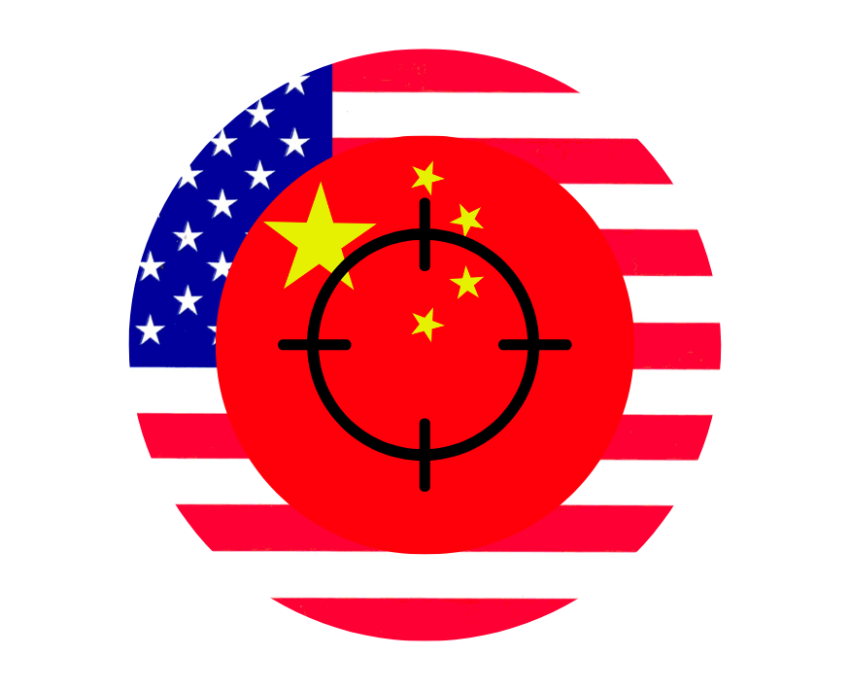
The situation playing out in the South China Sea and the Taiwan Straits resembles, in a distinct and alarming manner, the “bait and bleed” strategy employed by the United States in its proxy war against Russia.
Two particular themes are evident. NATO’s eastward march was, justifiably perceived as a threat to a ferociously nationalist Russian regime. The significant arming of Ukraine in the period before the Russian invasion was another factor.
There has been an upsurge of international gatherings, military manoeuvres, the strengthening of military alliances, provocative announcements, and a veritable “globalisation” of NATO. A similarly ferociously nationalist Chinese regime regards this as a threat. Taiwan has, for the US, become the absolute point of focus for its anti-China crusade. Taiwan already has missile systems that target key Chinese cities. The US has just announced a major new rearmament program for Taiwan, despite its stated “one China” policy.
The general thrust of US policy towards China is not new. It has sought to contain China’s rise and maintain a dominant place for US capital in the region and world. Biden’s presidency has moved that policy to a greater and more dangerous level. US strategy now fits snugly with John Mearsheimer’s proposition of “bait and bleed,” first articulated in his 2001 book The Tragedy of Great Power Politics. Mearsheimer’s “offensive realist” approach has been adopted with zeal by the US.
The bait and bleed tactic has serious implications in any regional confrontation. The proxy war in Europe is a case in point. Putin, was baited and obligingly has allowed the US and NATO to bleed his regime, with devastating consequences to Ukraine and significantly exacerbating the crisis in a fragile global economy. China has experienced its share of baiting. It can only be hoped that Xi Jinping does not make the same strategic error of Putin and allow his country and the people of the region to “bleed.”
China’s attitude towards Taiwan is unequivocal. The rights or wrongs of the claim of Chinese sovereignty over Taiwan are not at issue, even while they are important. What has happened is that these debates have assumed an enormity that was less obvious just a few years ago. China has always asserted its right to Taiwan, but it was not a trigger point for war until very recently.
The US has over the past decade and a half, been tightening a noose around Beijing. A ring of military bases now effectively encircles China. There has been a growing and permanent presence of US military force in the region. The US had already transfered the majority of its fleet and air force capacities to the region. China responded with the construction of the artificial islands. Action was met by reaction. Each Chinese reaction became proof of their hostile intent.
The most recent moves on the part of the US have been to strengthen regional military ties and to ensure that its regional allies speak with one voice. While NATO has adopted a united front approach to Russia, some European Union states have been less than enthusiastic about the economic ramifications about cutting ties with Russia. This is proving to be less of a problem when confronting China. The economic gamble of backing the US over an ascendant Chinese capitalism is yet to be determined. Australia, for example, is seeking to separate economic necessity against the dictates of US foreign policy.
The United States militaristic policy against China, as a provocative “baiting” seems to be enjoying some success. The recent AUKUS meeting, and the Shangri-la Dialogue have seen US allies becoming more belligerent in their posturing. The case of Japan and Australia are particularly disturbing in this respect.
Japan’s PM Kishida adopted a particularly aggressive tone in his address to the Shangri-la Dialogue. Immediately following that meeting, Australian Defence Minister Richard Marles flew to Tokyo for further discussions.
Marles was clear that the focus was China and that focus had a sharp militaristic edge. In a discussion with Japan’s Defence Minister Nobuo Kishi, Marles dismissed the economics of the region saying that when “I was growing up in the 1980s what was at the heart of the Australian-Japanese relationship was essentially commerce. That's still there but what has become clear is, in the last decade, the building of our defence and security relationship is very much at the heart of the work we're doing together."
There is no longer any coyness about naming China as the enemy and who we must back. As Marles put it, “we want to be working as closely as we can with Japan and we particularly want to do that in connection with the United States as well."
None of this bodes well for the region, or for peace in the region. China has made it abundantly clear that it regards Taiwan as an indisputable part of China. Taiwan is being massively armed by the United States. How China reacts to on-going and incessant “baiting” will ultimately define the future for us all. Whether baiting ends in bleeding remains to be seen. What is certain is that the pressure from the United States and its allies will not be lessening.